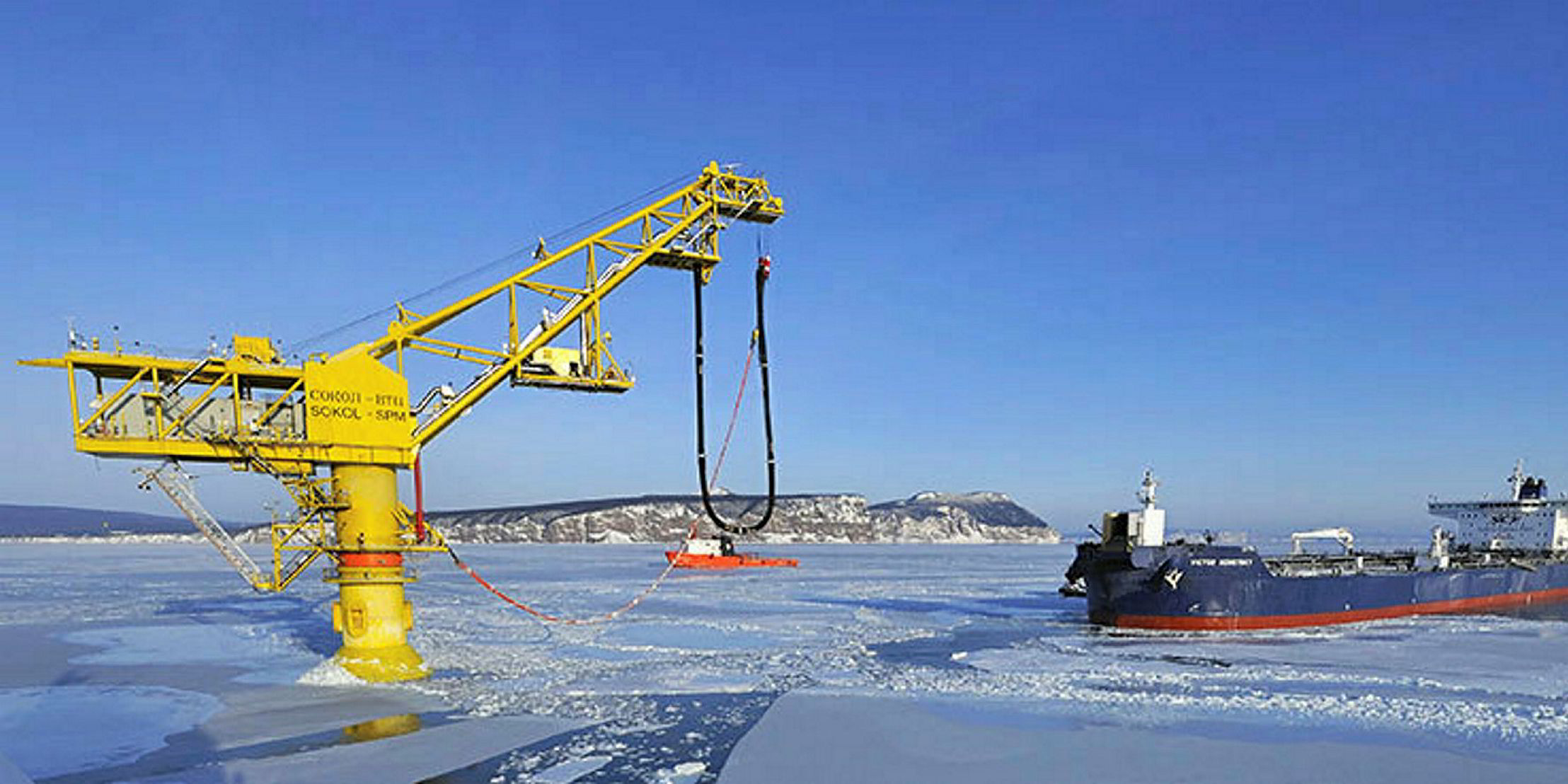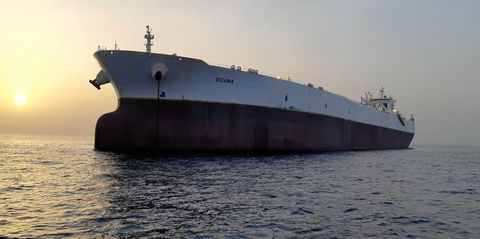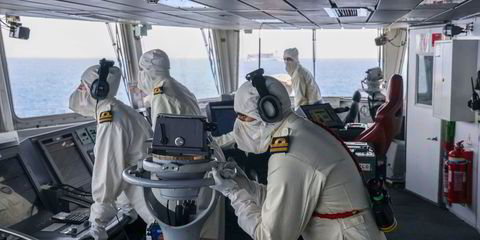Murmansk-based Sergey Balmasov, who is head of information at the Centre for High North Logistics (CHNL), recorded 1,705 ship voyages on the Northern Sea Route (NSR) in 2016 but only 19 full transits.
In a presentation, Balmasov detailed that of the 297 ships working on the route during the year, 190 — or 64% — were Russian flag and the majority were below 30,000 gross tons (gt) in size.
General cargoships, tankers, research vessels, ice-breakers and heavylift units accounted for most of the tonnage.
While 50 of the vessels had no ice-class, the majority boasted Arc 4 ice-class four and above.
Balmasov recorded that 33% of all ships on the NSR last year went into Yamal’s new port of Sabetta, which reflected the volume of traffic associated with the build-up of the Yamal LNG project.
He also detailed the transit of several vessels during 2016 and, while two clocked up longer voyage times than if they were to take the Suez Canal route, time savings were logged for most.
He gave the example of Cosco Shipping’s 19,140-dwt multipurpose vessel Yong Sheng (built 2002), which achieved a 8,222-nautical-mile, 29-day transit of the NSR. The ship left Tianjin in China on 16 July and arrived in Glasgow in the UK on 14 August, making speeds of 10.7 knots on the eastern part of the route and 11.6 knots in the west.
He calculates a comparable voyage via Suez at 12.8 knots would have been 11,059 nautical miles and taken 36 days, with the NSR offering a passage that was 2,837 nautical miles and seven days shorter.




